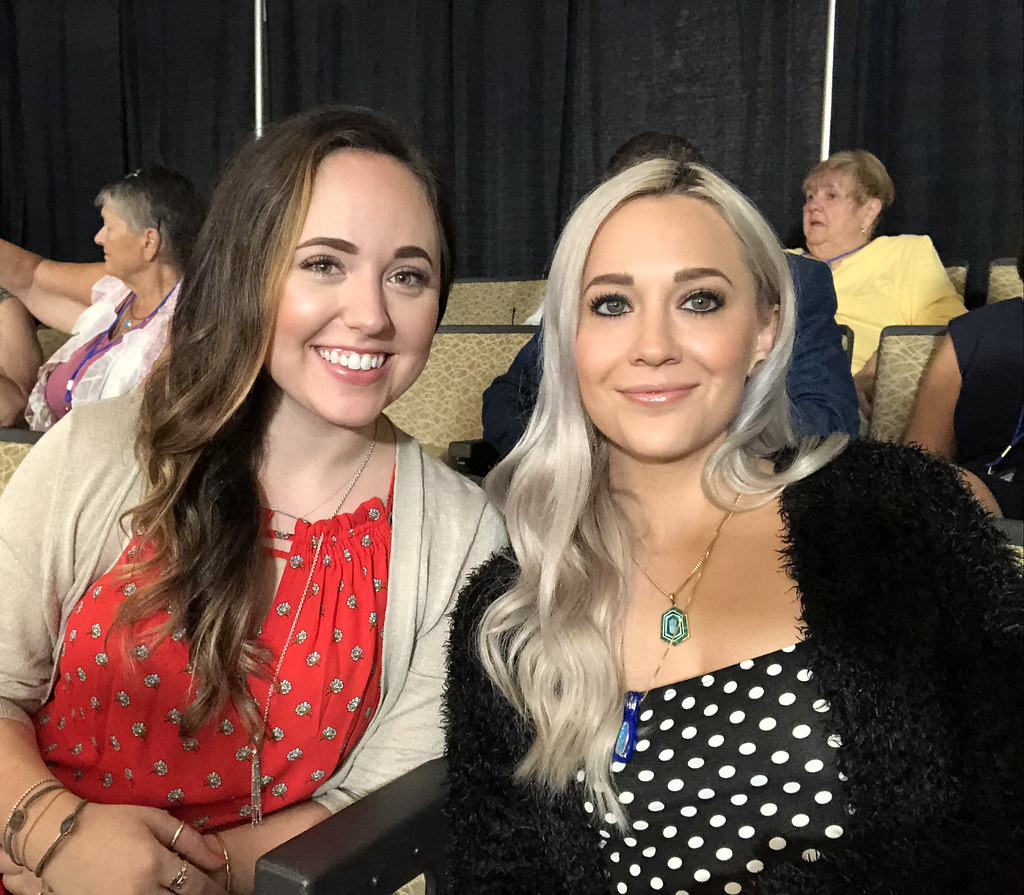
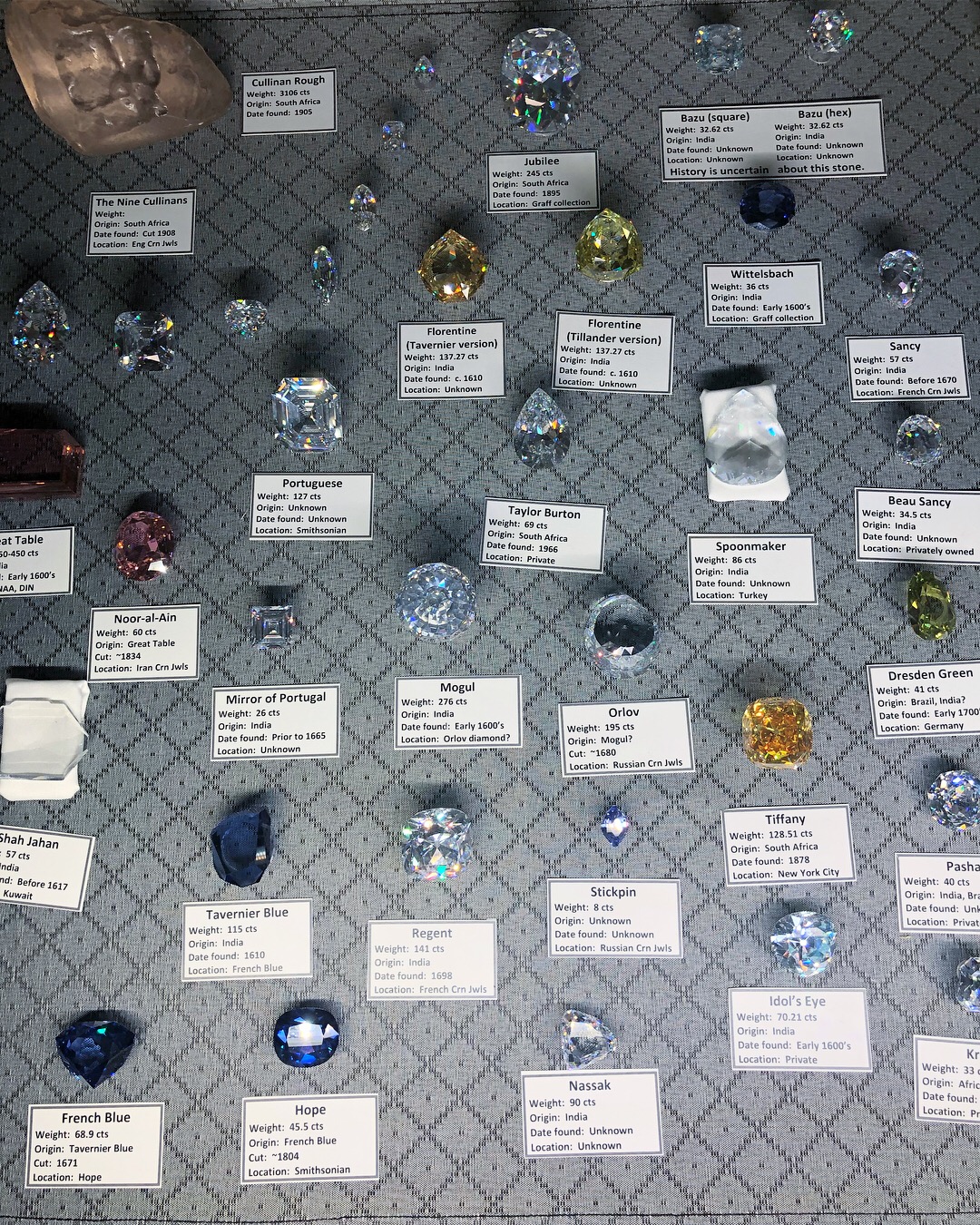
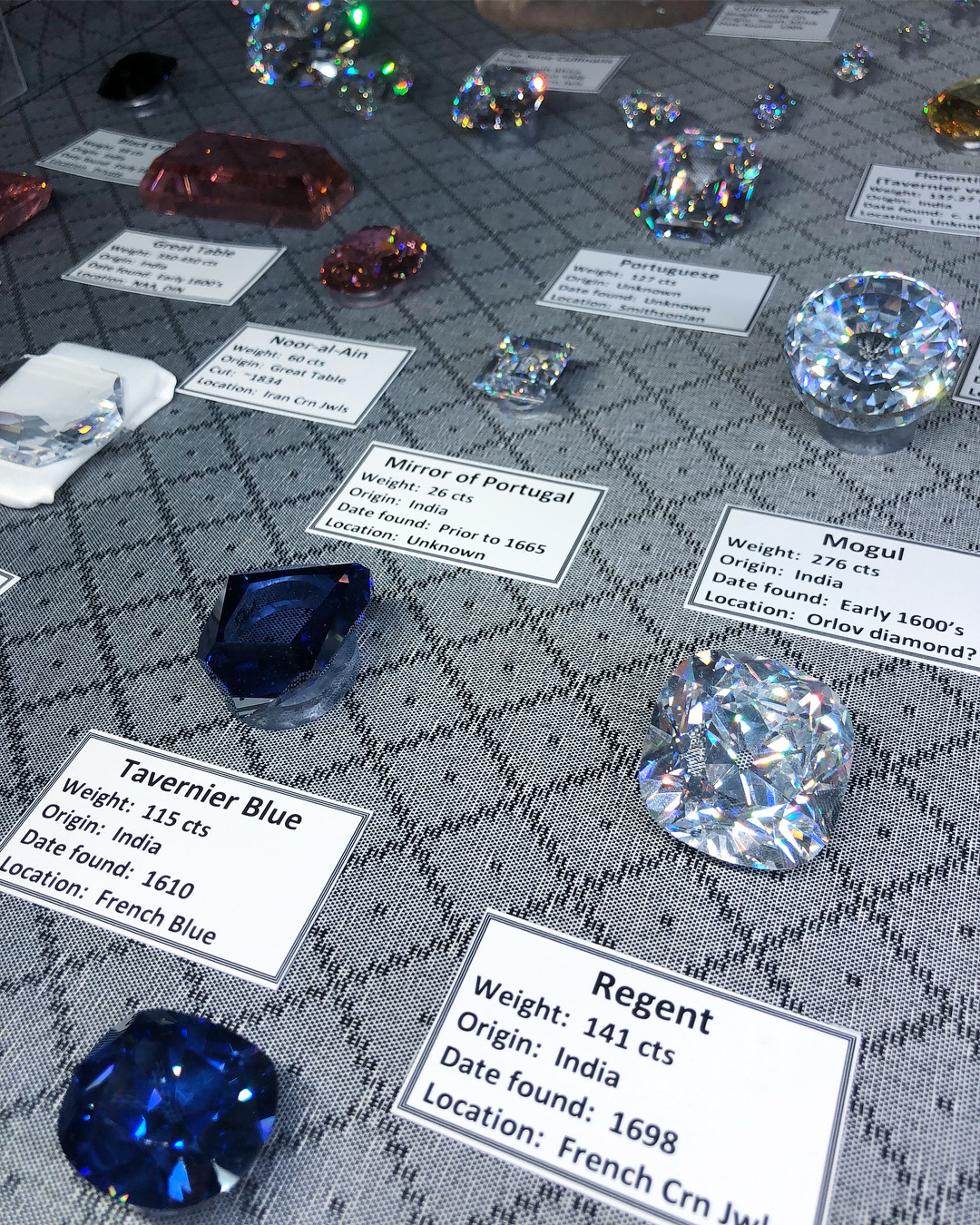

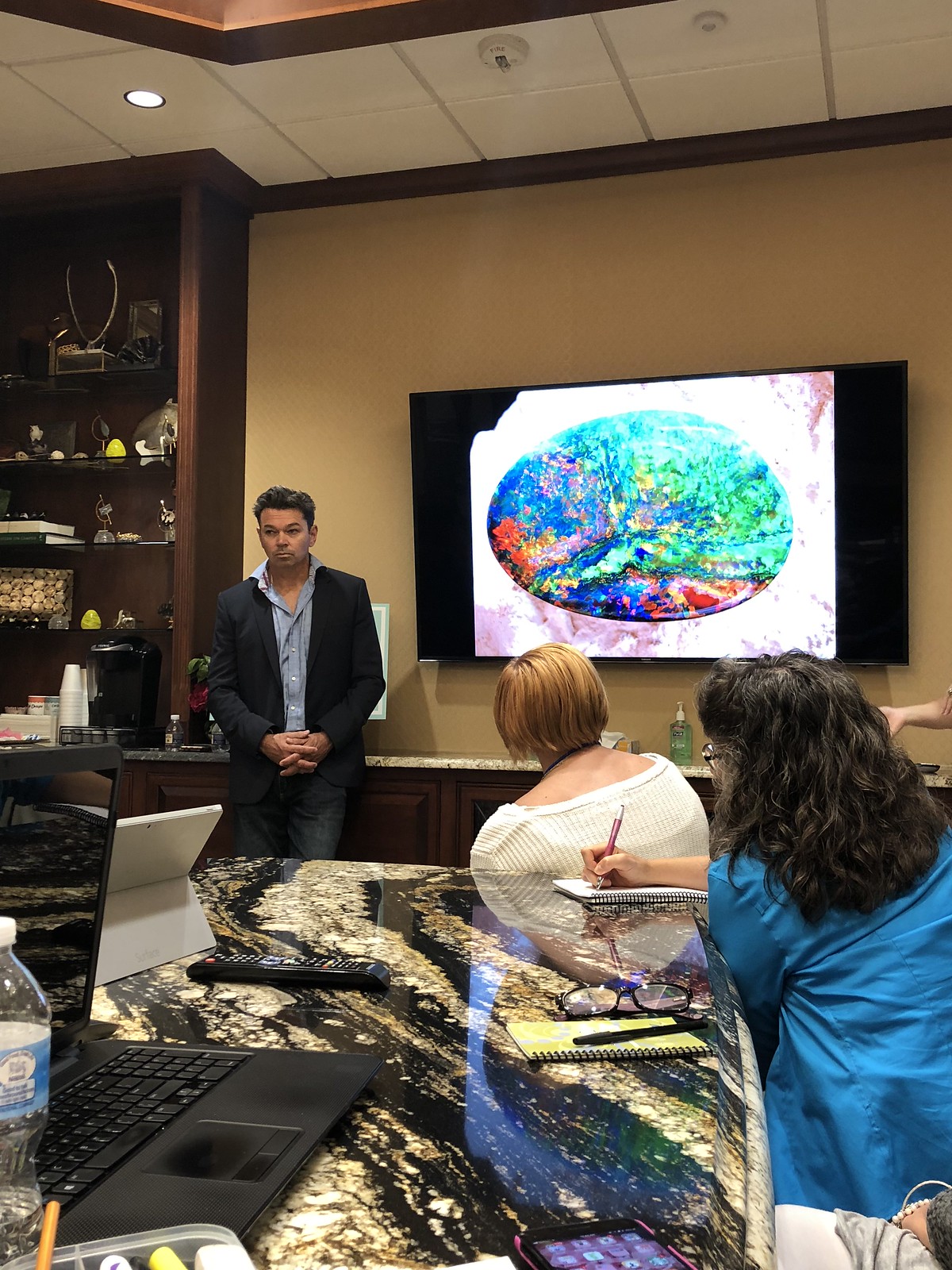
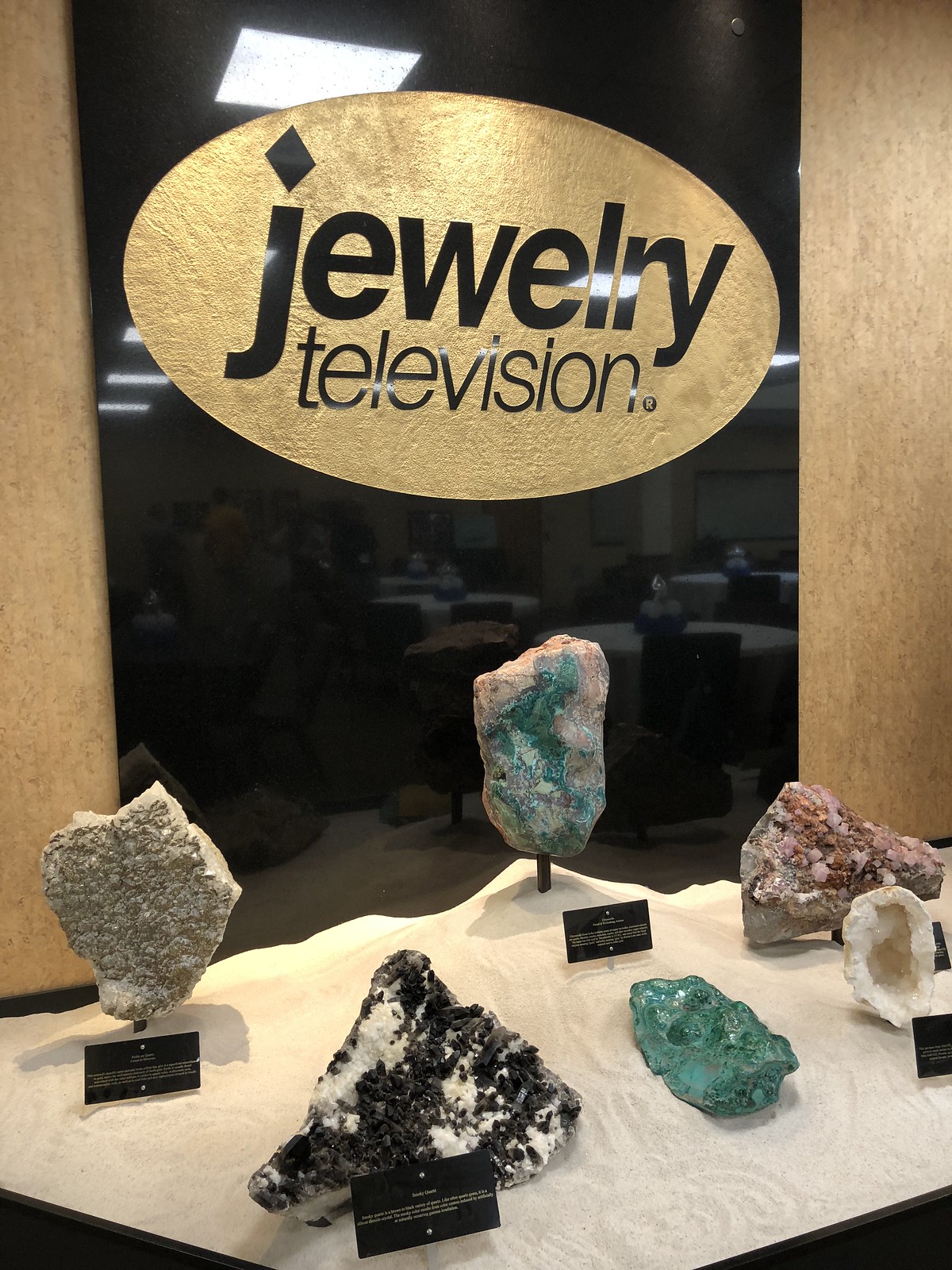
This post was sponsored by JTV. I was paid for this post and received a complementary admittance to their annual conference.
I’m currently sitting at my desk surrounded by some unique quartz gemstones and a fluorite octahedron crystal I brought back with me after visiting the Jewelry Television headquarters in Knoxville, TN for the first time! I was given the opportunity to attend their annual conference called the JTV Experience, where hundreds of Jewelry Television fans, customers and gem nerds get together for some innovative classes and fun-filled three days of learning. It’s no secret I’ve been a huge JTV fan since the beginning of my jewelry career–I even wrote them a letter a few days after I dropped out of grad school (you can read about it here). The company puts education at the forefront of everything they do, with the desire of spreading as much knowledge about gemstones to their millions of viewers as they possibly can. Their viewers are some of the most enthusiastic and dedicated gemstone lovers out there, with heaps of knowledge from JTV hosts, their educational blog posts and their online learning hub called Jewel School.
The passion for gems and jewelry from the people that work at Jewelry Television is contagious! Everyone there truly loves what they do and will be the first to admit how blessed and thankful they are for working there. It was such a great time getting to spend a few days interacting with others who love gems and jewelry as much as myself. I know many of you messaged me and asked what this conference was about (and a few of you thought I was going to be on tv, sorry I’m not) so I thought it would be a great idea to tell you all about JTV Experience and all that I learned while I was there!
So, the JTV Experience is three days of learning–the classes are all located at Jewelry Television‘s headquarters. There is a keynote presentation each day, which is held in one of their on-camera studios…so you can get a behind-the-scenes look at what goes down during a live-show. Then you go to your first morning class of the day; there are several to choose from, so you can pick which one you have the most interest in. The classes are a good mix of gemstone knowledge and hands-on jewelry making experiences. After your first morning class, you head to lunch! If you’ve finished lunch early, they have their GemStore open where you can buy lots of books, gemstone tools, jewelry making supplies, gem novelties and loose gems. I took advantage of this and bought a book on agates and jasper (a gemstone I absolutely love but feel like I need more knowledge about) and I dug around their bowls of loose gemstones and pulled out some stones I thought were really pretty. After lunch, you go to two more classes and finish the day with an extra activity and dinner.
I attended six classes while there, including two morning keynote presentations and learned SO much! I wanted to summarize a few key points that I learned and tell you about the classes that I took. If you have any questions about JTV Experience, feel free to ask!
Opal Hunters- From Mining in the Outback of Australia to Purchasing the Right Gem for You
Speakers: Danny & Michelle Hatcher
1 — Danny & Michelle are second generation owners and directors of a family-owned black opal mining company in Lightning Ridge, Australia. Danny is the one digging and overseeing the mining process, while Michelle cuts the rough that is yielded.
2 — We learned about what opal is (silica dioxide + water) and what conditions are needed in order for it to form (Australia’s Artesian basin is an ideal spot for opal).
3 — Precious opal vs. potch opal and how the silica spheres and their alignment creates the particular color you see in opal.
4 — We got to see the process of how to mine for opal, where you stake your claim of 50 x 50 meters and register your claim. Then you dig! They have high-tech tools like a giant vacuum that sucks out all the dirt and gravel and sorts through it.
5 — We also got to see videos of Michelle cutting rough opals, which was really mesmerizing. They are formed using a diamond blade and grinding.
The Evolution of a Gem Collector
Speaker: Christopher Clark
1 — Collecting is a huge part of Chris Clark’s life and the thrill of the hunt keeps his passion alive. He loves collecting LOTS of things, but is most fascinated with opals and fluorite.
2 — Displaying your collection is an important aspect when collecting, it is great to show off your pieces and be able to see them and enjoy them.
3 — You can hone-in on what you decide to collect by choosing a category that resonates most with you. Some ideas are: to collect by size, collect by clarity (transparent to opaque), collect by color (hues, bi-colored stones, color zoning), collect by cut (faceted, carved, fantasy, etc). Sometimes it is fun to collect this way!
4 — There are some collectors that are very into gemstones that show phenomena.
5 — I jotted down some random facts that I learned from Chris that I never knew before while he was going over ways to collect. The first one was a photo of rainbow fluorite because I’ve never seen one in its natural form and I totally want one for my collection! The next is oil-included quartz…I’ve never heard of that stone before and need one. And lastly, the fact that Idaho is known for having six-ray garnets!
Curator’s Corner — A Walking Tour of the Gem Collection of JTV
Speaker: Renata Lafler
1 — I didn’t write down anything during this class because it was a walking tour! We were guided through every mineral specimen display at JTV, which was so fun. They have hundreds of minerals and gems in their private collection–all of which are on display for you to see if you ever stop by their headquarters.
Cut: The Forgotten C
Speaker: John J. Bradshaw
1 — One must always cut a gemstone for beauty first, yield second…meaning carat weight should not be the main concern, it should be about cutting the most beautiful stone possible.
2 — The c-axis of a stone often determines the cut/shape. Especially for stones like tourmaline whose c-axis is completely black. However, dark tourmalines can be heated to lighten the overall body color.
3 — Sometimes inclusions are a good thing and as a cutter, you would want to accentuate them. A great example is rutilated quartz.
4 — High quality stones aren’t usually calibrated sizes. Most colored gem finds are like a flash in the pan, some flash for quite some time and others are quick, with limited production and small yields. Buy when available — don’t wait!
5 — Calcite is one of the most difficult stones to cut! Rainbow calcite is such a beautiful faceted stone though.
The Geometry of Gems: Gemspiration for Your Collection
Speakers: Renata Lafler & Bill Kouns
1 — The outside shape of gems are often a reflection of the interior, crystal growth pattern.
2 — There are seven different crystal system patterns; shapes that crystals form naturally. They are Triclinic, Monoclinic, Orthorhombic, Tetragonal, Trigonal, Hexagonal, and Cubic.
3 — Cubic gemstones include spinel, fluorite, garnet and pyrite. Zircon is a tetragonal gemstone. Hexagonal gems include emerald, aquamarine, and morganite. Topaz, tanzanite and peridot are all orthorhombic. Trigonal gems include quartz and tourmaline. Sphene and kunzite are both monoclinic. Turquoise and sunstone are triclinic.
4 — Some gemstones have botryoidal growth (ball-like) … these include grape quartz, fluorite, hematite, malachite and wavellite.
5 — Quartz scepters are a real thing! And people collect them!
Gems with a Story to Tell
Speaker: Shelly Sergent
1 — Shelly Sergent, is head curator of the Somewhere In The Rainbow Collection, a collection of high end jewelry and gemstones of a private collector. The stories and details behind all the pieces are truly remarkable and she shared several with us that day.
2 — She sourced a trio of ti-colored tourmalines from an alluvial find in Mozambique. They’re insanely beautiful.
3 — Another important piece was a 15 carat paraiba tourmaline from Brazil.
4 — We got to handle some of the pieces from the collection, like a Chinese freshwater pearl necklace, a no-heat Kashmir sapphire, and a pair of tanzanite earrings.
5 — She is also working closely with the University of Arizona Gem & Mineral Museum with the expansion and opening of a new facility in 2020.
To learn more about JTV Experience and to attend next year, visit the Jewelry Television website.
*My blog may contain links to other websites. I am not responsible for the privacy policies of those other websites. When you click on a link, your information may be collected by those websites, so I encourage you to read their privacy policies.

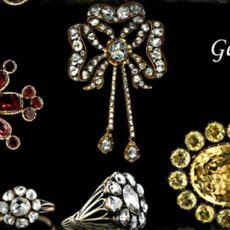
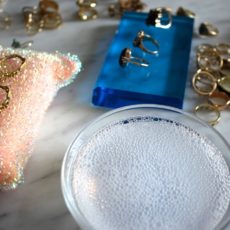
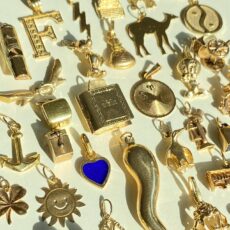

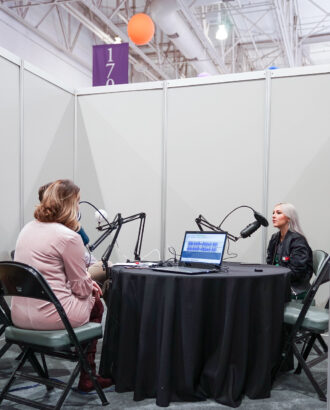
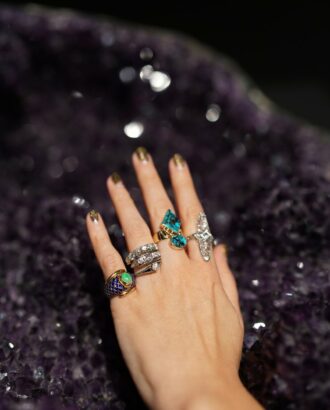

kat September 5, 2018 at 6:18 pm:
“3 — Precious opal vs. potch opal and how the silica spheres and their alignment creates the particular color you see in opal.” It would be really kind of you to tell us what the difference is!